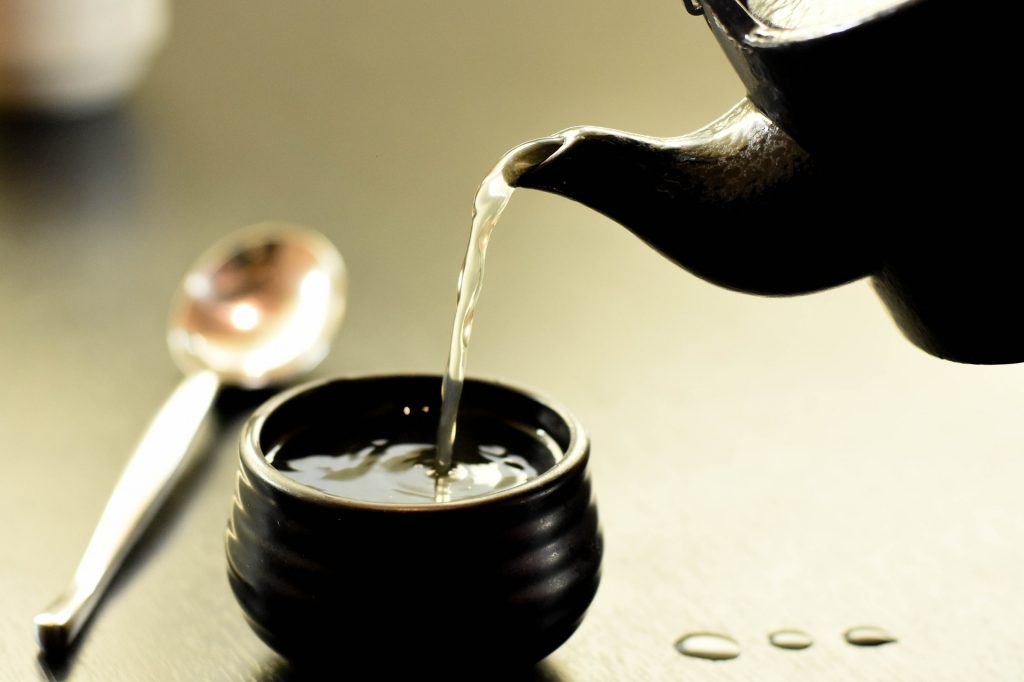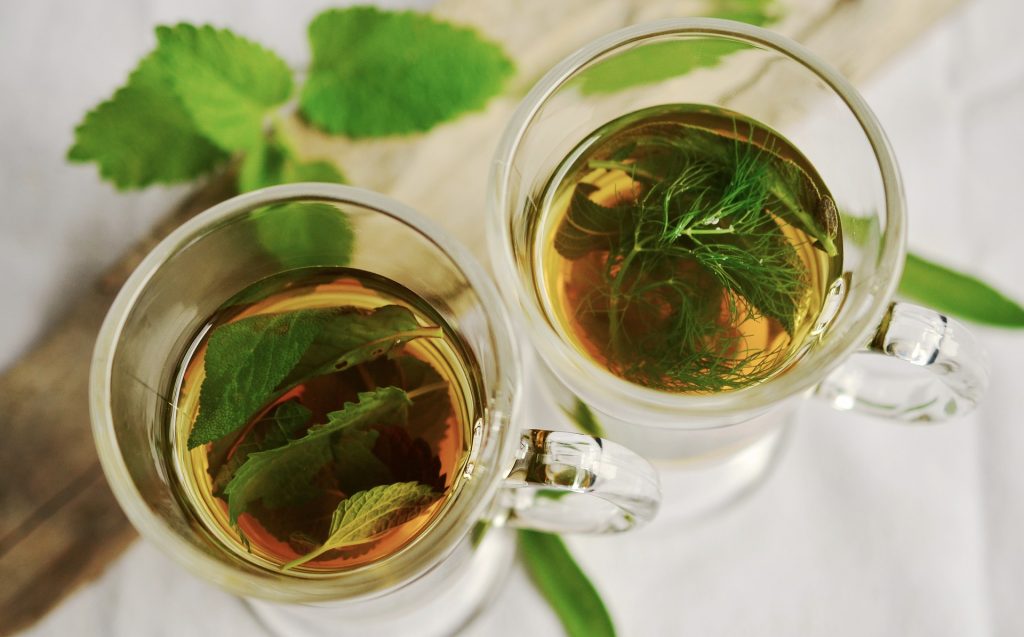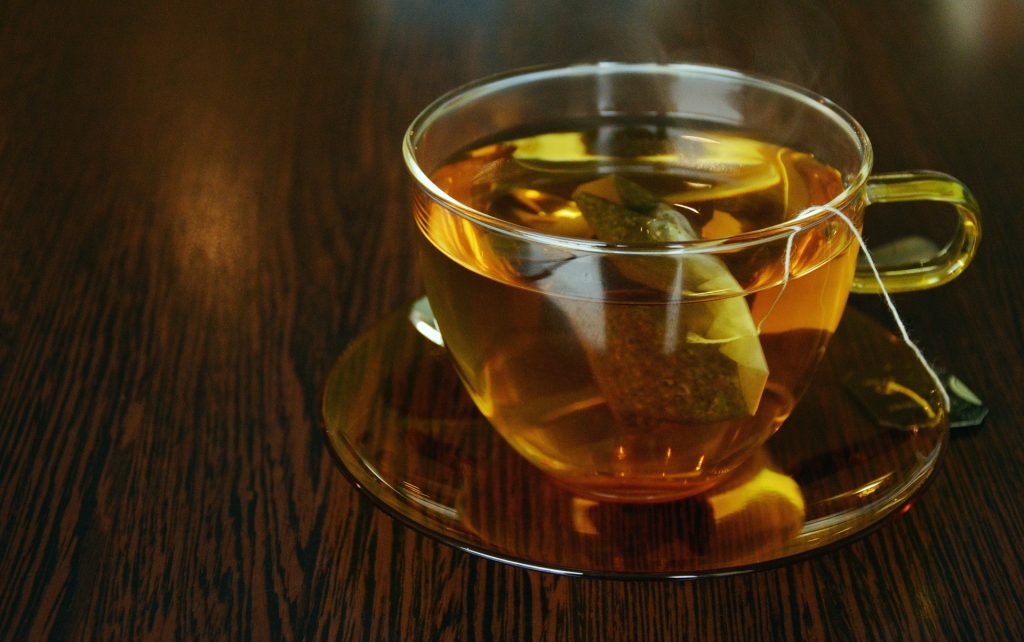 Traditional tea made from tea leaves of the Camellia sinensis plant is the most commonly drunk beverage in the world, after water. The popularity of tea stems from its traditional large scale cultivation, its distinctive taste and its energising and calming properties. There are a number of types of traditional tea, and these can be generally categorised into black and green varieties. It is generally assumed that green tea has a greater range of health effects than black tea, and this may reflect the large body of research that has accumulated over the last two decades as to the benefits of green tea on human health. However, the credit ascribed to green tea may belie the truth that both black and green tea may be equally effective at improving the health. Both black and green tea have high levels of antioxidants, and comparisons between the two types of tea show that little difference exists in terms of total antioxidants. In some studies, the total antioxidant capacity of black tea is reported to be higher than that of green tea.
Traditional tea made from tea leaves of the Camellia sinensis plant is the most commonly drunk beverage in the world, after water. The popularity of tea stems from its traditional large scale cultivation, its distinctive taste and its energising and calming properties. There are a number of types of traditional tea, and these can be generally categorised into black and green varieties. It is generally assumed that green tea has a greater range of health effects than black tea, and this may reflect the large body of research that has accumulated over the last two decades as to the benefits of green tea on human health. However, the credit ascribed to green tea may belie the truth that both black and green tea may be equally effective at improving the health. Both black and green tea have high levels of antioxidants, and comparisons between the two types of tea show that little difference exists in terms of total antioxidants. In some studies, the total antioxidant capacity of black tea is reported to be higher than that of green tea.
However, this does not take into account the way that the tea is drunk. Because green tea is not consumed with milk and sugar, the health benefits to populations as a whole may be skewed towards that of green tea. In other words the propensity of black tea drinkers to consume sugar in their tea may explain any differences in disease risk seen between the teas in population studies. Also the geographical locations and ethnicities that consume the types of tea are on the whole quite different, with Western populations favouring black tea and Asian populations favouring green tea. Tea that is halfway between the chemical composition of green and black tea, includes oolong tea and Darjeeling tea. Evidence suggests that these types of intermediate tea which are partially oxidised, compare favourably to both black and green tea in terms of overall health effects. As the antioxidant capacity of black and green tea is similar it is therefore no surprise that both oolong and Darjeeling tea also possess similar antioxidant capacities.
Decoctions made with plant components other than from the Camellia sinensis plant can also loosely be called tea. Berry and fruit teas are widely available and have become popular as a health food. The antioxidant capacity of these teas is surprisingly high, although in comparisons with traditional tea, the antioxidant profiles are quite different. The main antioxidants in green tea are the catechins, a group of polyphenols belonging to the flavonoid class. In black tea these catechins are oxidised and polymerised to form theaflavins and thearubigins, and these changes give black tea its characteristic taste and colour. Green and black tea also contain the flavonoid quercetin. Berry and fruit teas also contain flavonoids, but the antioxidants mainly belong to the anthocyanin subgroup of flavonoids. Also present in berry and fruit teas are vitamin C. Therefore, although the total antioxidant capacity of green, black and berry and fruit teas is high, the antioxidants profiles they possess are quite different.
Summary: Green, black, and berry and fruit teas all contain reasonably high levels of antioxidants. Comparisons of tea with fruits and vegetables suggests they can provide a significant proportion of an individual’s daily antioxidant needs. Because of the different antioxidants present in the different teas, it might make sense to consume a range of teas. This would provide a range of different antioxidants and this may provide a certain synergism in antioxidant defences. The most important thing however, is to avoid sugar in tea, as this can have significant detrimental effects on health, particularly if large volumes of tea are consumed. Green and black tea also provide some other nutrients that are not present in berry and fruit teas, particularly L-theanine. L-theanine may provide the calming effect associated with drinking traditional tea, and so if this effect is desired, these varieties of tea must be consumed.
Eat Well, Stay Healthy, Protect Yourself
RdB



